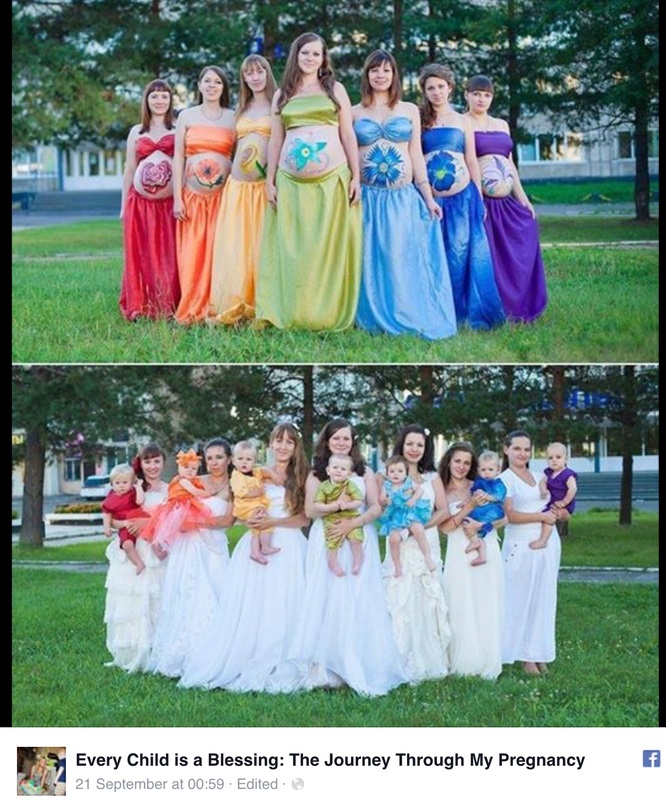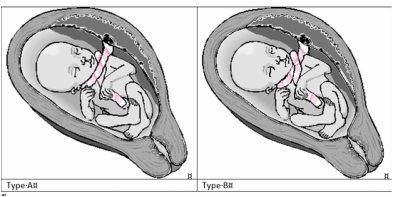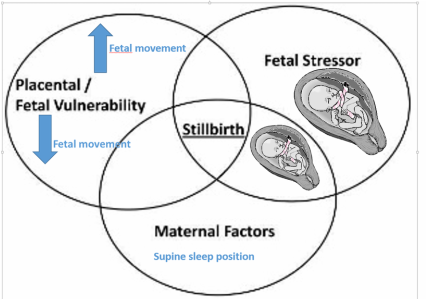
I guess some might say I have two “rainbows” of my own, Greg (now 31) born after miscarriage and Sarah 21 born after our daughter Emma’s Stillbirth. In fact I suppose some parents might want to call all four of our living children rainbows as they were all born subsequent to a miscarriage. Personally I struggle to see how this is helpful and I have to say I also have concerns for the child who is called a “rainbow” for part, or all ,of their lives.
There is no doubt that losing a baby throws you into a storm. In lots of ways the analogy of a pregnancy loss storm is a really good one. In the initial cyclone (Hurricane) you can struggle to do even simple daily activities like standing up, you can be hit by flying debris, you can wonder if you will survive…when the storm passes you can find your life needs to be completely rebuilt and even after many years you can often still see the scars. BUT Emma’s death completely transformed my life so to call her death a storm only tells a very small part of the story. I often wonder where I would be without all of the gifts she brought, and continues to bring, into my life.
Sarah, as all our children have, has brought joy into our lives. But calling her a rainbow is not something I would be willing to label her with. I have always been aware of the research around subsequent children and some of the labels like “replacement” , “umbrella child”, “ghost in the nursery”. For me “rainbow” is a similar kind of label. It brings an image of relief that the storm is over and hope that such a storm will never happen again. Both at least at first glance are also really appropriate to a baby born after a loss. I felt tremendously relieved when Sarah was born and she also brought hope back into our lives. But the problem with any label is that it sticks , when do you stop using it? And most importantly what impact does it have on the child to be introduced as a “rainbow”. Sarah is our child, now a beautiful intelligent, young woman whose life can not and should not be defined merely by the circumstances of her birth.


 RSS Feed
RSS Feed
